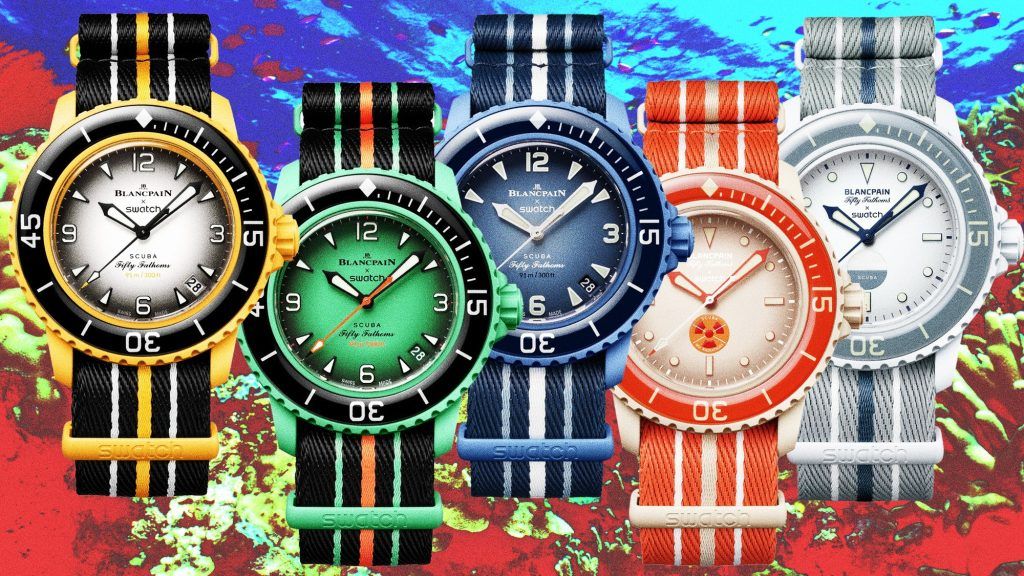Article: Are Watches an Investment Asset? Part I
Are Watches an Investment Asset? Part I
Lately, we all have seen articles about watches (wrist watches) being the new investment opportunity so why not discussing if they even are an investment asset, let alone a profitable one.
Let’s dive in!
The emergence of a potentially lucrative market
A few years back, around 2019, the Knight Frank Luxury Investment Index (KFLII) reported a 63% growth for high-end watches over the previous 10 years. They identified that like cars or art, luxury watches could appreciate over time based on aspects like brand recognition, heritage, exclusivity, and desirability.
 Compiled by Knight Frank Research until Q2 2019
Compiled by Knight Frank Research until Q2 2019
3 years later, in December 2022, Business Insider reported that traditional investors set eyes on watches to diversify portfolios. More specifically, it was highlighted that some watches outperformed gold, real estate, and stocks over the past decade. Bloomberg also published a similar article titled “Rolex and Patek Returns Beat Vintage Cars and Bitcoin”.
In parallel, the Boston Consulting Group (BCG) predicted in one of their reports that the global market for high-end watches was predicted to be worth over €100B by 2026. This is a significant 50% more than in 2019, the last year before the pandemic.
These headlines meant watch collecting as a hobby, and watch investing as a “business”, gained huge popularity.
How did we get there? It seems that at least 6 factors contributed to it:
-
Social Media: These platforms revolutionised the new watch culture. What used to be nerdy , began to feel a bit cooler and even sexier. Visually-led platforms such as Instagram democratised what it means to appreciate timepieces, opening the door to a whole new breed of enthusiast. Celebwatchspotter, Watchanish or Dimepiece are three examples of how thousands of people discovered this world. At the same time, modern collectors exchange information over Reddit while others show off their priced pieces on TikTok. Moreover, the emergence of niche platforms like HODINKEE played a pivotal role in educating people about the intricacies of watches and their investment potential. The end result: Conversations Mentioning the word “Investing” are growing more for watches than for other analog categories on both Instagram and TikTok. Just look at the following chart by the Boston Consulting Group (BCG) showing the % of mentions during the last 12 months (March 2023 backwards).

BCG Report: Luxury Preowned Watches, your time has come
- Covid-19 & Lock-down: It is annoying to mention the Pandemic again but 2020 had a lot to do with how the watch industry was transformed. Brands took an unprecedented hit in sales and this struggle pushed manufacturers and retailers to take a digital leap forward to redesigned digital strategies, better e-stores, and limited editions. And most of all, product scarcity contributed to the a surge in an unmet demand.
- Crypto Runs: Another key factor was the Crypto “Bull Run” during and after the Pandemic: Lots of people made good profits and were both capable and avid to spend and, or invest in other fields. As they looked for new opportunities, they found in watches an unexpected option.
-
Inflation and diversification: Both traditional investors and Millennials now increasingly seek alternatives to diversify portfolios to fight inflation. Watches stood out as a somehow stable alternative asset since this industry is built on top of historical reputable brands and a hungry loyal consumer base that kept increasing demand. Moreover, Watches delivered strong performance over the past decade: Watch prices did hold value up well during market downturns compared with traditional financial investments like stocks or collectibles: From 2013 to 2022 Watches outperformed collectible assets such as jewellery, handbags, wine, art, and furniture, growing in value at an average annual rate of 7% and by 27% from 2020 to 2022. Moreover, Watches delivered strong performance over the past decade: Watch prices did hold value up well during market downturns compared with traditional financial investments like stocks or collectibles: From 2013 to 2022 Watches outperformed collectible assets such as jewellery, handbags, wine, art, and furniture, growing in value at an average annual rate of 7% and by 27% from 2020 to 2022. The picture below shows this consistent growth in a 10-year span.

Consistent growth in a 10-year span: BCG Report: Luxury Preowned Watches, your time has come
- Secondary market credibility, accessibility & growth: The secondhand or secondary market once evoked thoughts of shady trading, uncertain authenticity and people felt a high risk of purchasing fakes. Today’s market is booming as platforms like Chrono24 are secure and even sometimes supported by authentication services. The market also benefited from newcomers who previously joined other categories with strong trading and resale activity such as Sneakers or Cards. These are some of the factors that made watches popular amongst newcomers to the industry and to watch collecting. Like other objects of beauty, art or vintage cars, it seems that for modern investors certain watch models are not just just aesthetic pleasure but a promise of appreciation over time. But the question still remains:
Can watches be considered an investment asset?
We will try to respond to this question in the 2nd Part of this article



Leave a comment
This site is protected by hCaptcha and the hCaptcha Privacy Policy and Terms of Service apply.